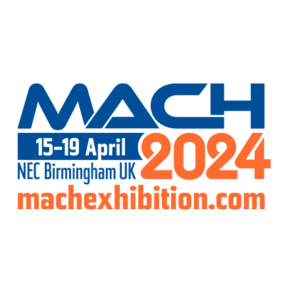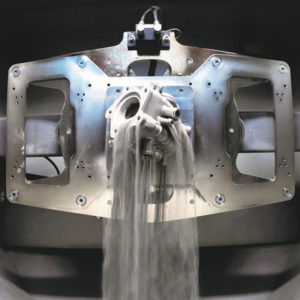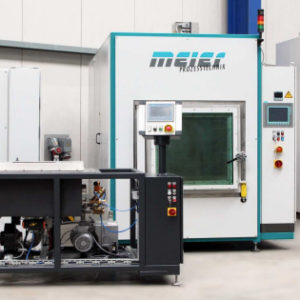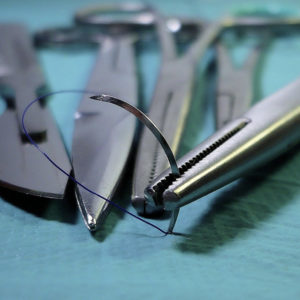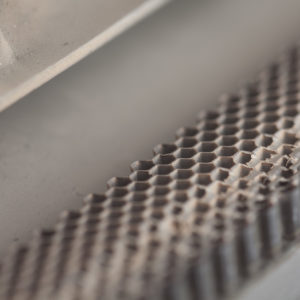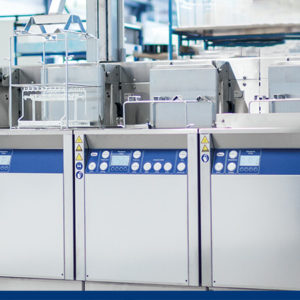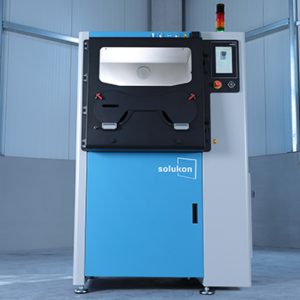Turbex has recently joined forces with Solukon, a pioneer and market leader of automated powder removal. The reason for this is simple. We want to work with industry-experts who are committed to innovation and exploration of new technologies which will streamline operations and produce great powder removal results, every time.
Maximising the potential of Solukon’s SFM-AT800-S depowdering system.
To continuously improve their offering, Solukon works with the Manufacturing Technology Centre (MTC), an industry-renowned organisation who develop innovative manufacturing processes and technologies in an agile, low-risk environment.
The MTC were asked to look at Solukon’s powder removal technology for a range of aerospace, defense and energy clients. As a part of this operation, MTC assessed the Solukon SFM-AT800-S system for the removal of trapped powder inside complex parts with difficult to reach geometries, for instance heat exchangers and high-performance hydraulic systems.
Based on Solukon’s unique SPR® (Smart Powder Recuperation) process, the SFM-AT800-S removes residual powder from complex metal parts. It does this through unlimited and programmable part rotation and controlled vibration in a safety-controlled atmosphere.
How did Solukon’s SFM-AT800-S depowdering system fare?
The Additive Manufacturing workshop team at the MTC was provided with a repeatable method of removing powder from parts before they are moved to the next phase of operation. According to Ruaridh Mitchinson, Senior Research Engineer at the MTC, the operation was a great success:
“The machine has reduced our risk of passing on components to downstream processes with powder still in internal cavities, especially the programmable two-axis rotation along any imaginable path that offers our operators a unique range of possibilities.”
Ruaridh Mitchinson, Senior Research Engineer at the MTC.
And the result itself? To answer this, let’s look at an example from one of Solukon’s clients, Meggitt PLC.
Here, MTC set up a case study to validate the effectiveness and efficiency of powder removal cycles from an Aluminium alloy (AlSi10Mg) heat exchanger using the Solukon SFM-AT800-S.
The test piece provided a real challenge for the team since the 70 kg cubic heat exchanger featured internal channels measuring less than 1mm in diameter. This was chosen to demonstrate an extreme case of geometrical complexity to test the machine’s limits.
But how did it fare? The experimental data indicates that up to 99% of internal powder could be removed. However, through further optimisation of the vibration process parameters or by retrofitting a Solukon knocking device, the remaining 1% of AlSi10Mg powder could also be removed.
Remarking on the success of this trial, Andreas Hartmann, CEO and CTO of Solukon said: “Listening to our customers and continuous improvement of our systems have always been our guiding principle. Being able to optimise and then standardise our powder removal process via the Solukon system is very attractive to us,”
To find out more about Solukon’s depowdering systems, get in touch today.

